For many of his countrymen, he is the most modern of Mexican musicians; for many foreigners, he is the most Mexican of modern musicians. Silvestre Revueltas left us a musical legacy that, as happens to classics of all times, immediately attracts all types of listeners and, at the same time, with such daring and complex proposals has kept specialists very busy throughout many decades.
Revueltas also left us the portrait of a life lived with integrity and authenticity worthy of the legend that has, in fact, been created around him, sometimes to his disadvantage. The more we read or hear about his life, the more we want to listen to his music and vice versa. He himself was an enemy of ephemeral or spectacular reputation or masquerades. Often, behind the ironic and sharp texts in which he made healthy fun of himself and his fellow men was hidden a real effort to exhaust his body and spirit, thanks to which he created brilliant and solid pieces of music, worked with such refined craftsmanship that they seemed to be just recently extracted out of a fortunate natural streak.
Silvestre Revueltas: Sensemayá (Dir: Gustavo Dudamel – Berlin Philharmonic Orchestra
However, deep inside himself he was aware of the importance of what he was creating and a few times he confessed this to those who were close and dear to him, like his third wife Angela Acevedo to whom he wrote saying that he wasn’t in a hurry, that his day would come, even if he was already dead. It was a century ago that he came to bless this country and sixty years ago that he left us, and, just as he said, his day has come: all those who, in Mexico, take part and preference for this or that musician, completely agree when it comes to recognizing and praising the brilliance of Silvestre Revueltas.
The life of a legend
Silvestre Revueltas Sánchez was born in Santiago Papasquiaro, in the northern state of Durango, the last day of 1899, his Saint’s day. One of the most frequently told anecdotes about Silvestre’s remarkable and exceptional parents is the one in which his mother, Romana Sánchez. a true lover of the arts dreamed of having a child who would be a poet, musician and painter. Her dream became real but in three different sons who are the pride of Mexican culture: the painter Fermin, pioneer of the Mexican muralism and of many avant-garde movements in plastic arts: Jose the writer, author of vigorous and very intense novels such as El lute humane (Human Mourning), El apando (Solitary Confinement) or El cuadrante de la Soledad (The Quadrant of La Soledad), and Silvestre. the eldest. And as if this wasn’t enough, other siblings were also prominent in the art world: Rosaura, dancer, and actress. and Consuelo, painter.
Although Jose Revueltas Gutierrez didn’t seem to be more than a provincial merchant with a prosperous store in the city of Durango. this surprising reader of Dostoievski was quickly aware of his children’s artistic talents, so much so that he first put a violin in Silvestre’s hands when he was only seven and gave him, as well as he was able, a serious musical education, sending him to study in the National Conservatory in Mexico City in the midst of the Mexican Revolution. Later, he sent Silvestre and Fermin to Austin, in the United States, and after a year to such a noted city as Chicago, to perfect themselves. To Silvestre, the time spent there meant contact with a prosperous artistic environment that didn’t have the political whirlwinds that then prevailed in his country. At twenty he graduated in violin, harmony, and composition, and in later years continued studying this instrument with various teachers, all from Europe. It is important to acknowledge this because the most common legend portrays a bohemian, spontaneous, completely intuitive and non-reflexive Revueltas, as though he owed his geniality solely to his nature and as though he had never set foot inside a school.
Between his twenty and his thirty, Silvestre spent his time becoming Revueltas. On the one hand, he had various musical occupations: violinist, orchestra director, and professor. He spent most of this time between Texas and Alabama, in the southern United States, although he did travel a few times to own country where he developed important friendships, such as the one with Carlos Chavez, with whom he executed and promoted a new style of concert music.
This new music removed from stagnation all of those who were content with 19th Century romanticism, without thinking that the lifestyle and sensibilities of the time were rapidly changing. On the other hand, he tried to create an intimate world and a family, an enterprise with which he wasn’t as fortunate as with his music. He had a daughter, Carmen, with his first wife Jule Klarecy; after their separation, he lived with Aurora, a widow, with whom he returned to Mexico to reside permanently in 1929. He came back to occupy the position that Chavez reserved for him in his ambitious project with which he gave a sonorous ambiance to the aesthetic space generated, with youthful optimism, by the atmosphere immediately following the 1910 Revolution.
Revueltas adopted as his own the causes of the cultural revolution of his time, a revolution that helped give a peculiar and characteristic identity to the modern art of that particular Mexico, the one of Diego Rivera‘s, Jose Clemente Orozco‘s and David Alfaro Siqueiros‘ murals, and of Mariano Azuela’s and Martin Luis Guzman’s novels. For the musician, commitment to these causes included, at the same level, an aesthetic and a political battle. In the first, he began by discovering his own personality as a composer, which Chavez had already glimpsed; stimulated and motivated, he let his chamber music and symphonies be known, astonishing everyone, even his musical enemies, who ended up respecting him.
These were the years, such as 1933, when a Revueltian composition, Janitzio, won first place in popularity during the season of the Mexican Symphonic Orchestra –which included the most classic repertoire, together with composers who were then yet not very well known, such as Igor Stravinsky-. In his political battle, Revueltas defined his leftist tendency, embedded since his youth, by participating in public acts and in the legendary League of Revolutionary Artists and Writers –LEAR– which, between 1934 and 1938, assembled the most noteworthy left-wing intellectuals.
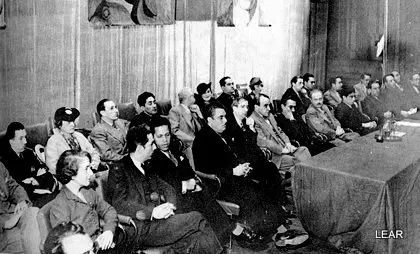
The struggles in both these battlefields rendered him transcendental effects. In the midst of them, he also built a more successful private life when he married Angela Acevedo and fathered three daughters with her. Natalia, Alejandra, and Eugenia, of which only the latter survived: the other two died in infancy, a painful consequence of Revueltas’ fluctuations of his life between poverty and misery.
The composer traversed his vital paths with absolute dedication and tenacity. Desirous to excel himself, he ended clashing with Chavez and breaking away from him in 1935. although he never ceased to admire him nor recognize his achievements. He continued on his own musical path: he worked in the Conservatory in projects that didn’t prosper. and found a special place in the national cinematographic industry, which was just then starting to take off. His political path led him to Spain in 1937, along with other Mexican intellectuals such as Carlos Pellicer, Juan de la Cabada, and Octavio Paz, to support the Republican cause in the Spanish Civil War.
Redes
He participated in political acts, visited the front and gave concerts in Valencia, Madrid, and Barcelona. in what became the pinnacle of his professional career, surrounded by the dramatic urgency of the moment: the reader should imagine a musical performance in Madrid, in the midst of bombs and combat at the outskirts of the city… It has been said many times that the fall of the Spanish Republic in 1939 was, for Revueltas. a moral and mortal wound. In any case, the experience in Spain affected him significantly: after 1938 his music reveals a more conscious and profound humanism, of a man who became a better person in the same way that Cesar Vallejo or Miguel Hernandez did.
Revueltas lived his last years in a frenzied contrast between his chronic alcoholism –which gradually destroyed him- and the culmination of his finest musical pages, among them his masterpiece, Sensemayá. He wrote reviews for newspapers: composed music for extremely diverse movies, one of them with a screenplay by Salvador Novo and featuring the famous comedians Cantinflas and Manuel Medel; and he continued his teaching in the Conservatory, where he was always admired as an example of rigor and dedication.
“Sensemayá” by Silvestre Revueltas (Director Gustavo Dudamel)
Pneumonia brought on by his alcoholic crisis ended his life on October 5, 1940. And, to complete his portrait as a legend in which he himself had been performing as the lead actor, he died in the most abject poverty and just the same day of the premiere of a choreography with his music, amidst general applause for his work.
Public recognition came very soon, although too late for him: his music appeared with increasing frequency in symphonic programs, and in 1947 it began to be recorded –in the United States-, astonishing each new generation of musicians, who felt that all their teachers were old fashioned. except for this irreverent one who broke free of any attempt of classification. In 1976. Silvestre Revueltas’ remains were transferred to the Roundabout of Illustrious Men, with which the Mexican government finished the homage that, in reality, had begun the moment the musician died.
Silvestre Revueltas the composer
A little more than a decade was enough for Revueltas to establish his legendary reputation as a composer. In the beginning, he himself doubted his vocation, but Chavez and other friends convinced him to write music, and we all must be grateful that they did. Some qualities of the Revueltian musical style are: the use of contrasting sonorous timbres and of apparently popular themes, which are actually original: the use of rigorous rhythms as a predominant constructive element: the capacity to superimpose sonorous material of very diverse characteristics and to integrate them with great coherence into a whole, usually dense and brief. A very special feature of his music is his very well developed sense of humor.
Silvestre Revueltas “… tan herido por el cielo y los hombres…” Documental de la UNAM.
Revueltas worked on every piece draft after draft, with demanding detail rigor and self-criticism until he obtained a result that satisfied him, usually of great quality. He disdained classical forms, although he composed four essential string quartets, the fourth of which, Musica de feria (Fair Music), because of its audaciousness, sounds as if it had been composed just yesterday. He dominated the management of a large orchestra as in Cuauhnáhuac, Janitzio and, above all, Sensemaya. That monumental sonorous fresco inspired by an enchantment poem of Nicolas Guillen.
For his endowment of chamber music he composed such complex pieces as Colorines and that brilliant synthesis of his style which is Homenaje a Federico Garcia Lorca (Homage to Federico Garcia Lorca), a piece in which the sorrow for the great assassinated poet is manifested in a heart-rending manner that, at the same time, is combined with a festive part which erases the boundaries between popular music and concert music.
He loved chamber music in general, as proved by jewels such as 8 x radio (8 by Radio) or Piezas Serias (Serious Pieces), both for wind instruments. He composed songs which are a marvel of expressive fusion between voice and instruments, with texts by Garcia Lorca, Nicolas Guillen and Ramon Lopez Velarde, among others.
National cinematography owes Revueltas some of its most suggestive, innovative and inspired moments. The Mexican stage also has memories of many collaborations of the composer with artists of diverse tendencies and styles, from the University Theater in 1936, where he participated in the setting up of Aristophanes’ Gentlemen, to the Broadway production of Upa y Apa or Mexicana in 1939, without forgetting the incomparable children’s pieces such as Troka and El renacuajo paseador (The Wandering Tadpole), and the music for La Coronela’s (The Colonel’s Woman) choreography.
“La Noche de Los Mayas” by Silvestre Revueltas
In the movies, the wise combination of the precise, expressive, and extremely significant music turned Redes (Fishing Nets) into an intense sonorous and visual poem of great social truth, and contributed equally to the integral glory of ¡Vamonos con Pancho Villa! (Let’s go with Pancho Villa!), and to save what could be saved of La noche de los mayas (The Night of the Mayas). It is almost unthinkable to see all these movies today without listening to the music which is part of their complex languages, and without giving thanks to the fact that a composer of such magnitude had not only been there but was also available. In fact, every time this vigorous, unmistakable, elegant and yet popular music is heard, we all continue to give thanks that such a man as Silvestre Revueltas crossed through this century and this land.
By Eduardo Contreras Soto
Further reading
- Contreras Soto, Eduardo, Silvestre Revueltas. Baile, duelo y son. Mexico: CONACULTA, 2000 (Ríos y raíces, teoría y práctica del arte).
- Revueltas, Silvestre, Silvestre Revueltas por el mismo. (Recopilación de Rosaura Revueltas). Mexico: Editorial Era, 1989 (Biblioteca Era, 184).
- Silvestre Revueltas on Wikipedia
- Silvestre Revueltas, Periodo de las cuerdas. UNAM.
Listen to his music
- Youtube:
Sensemayá
La Noche de los Mayas
Música de Feria – Redes
Cuarteto para cuerdas Nº1
8 x radio
Janitzio - Antología orquestal y de cámara: Edition conmemorativa del centenario 1899-1999. New Philharmonic Orchestra; Dir. Eduardo Maio; Leopold Stokowski and His Symphony Orchestra; London Sinfonietta; Dir. David Atherton; Orquesta Sinfónica de Xalapa; Dir. Luis Herrera de la Fuente; Margarita Pruneda, soprano. Mexico: RCA Victor-INBA, DU0N090266354825, 1999 (Red Seal). Edition internacional: Centennial Anthology 1899-1999; 15 Masterpieces. Estados Unidos: RCA-Red Seal, 09026-63548-2, 1999.
- Musica de Feria: The string quartets / Los cuartetos de cuerda. Cuarteto Latinoamericano. Estados Unidos: New Albion, NA062CD, 1993.
- Sensemayá: The Music of Silvestre Revueltas. Los Angeles Philharmonic; Los Angeles Philharmonic New Music Group; Dir. Esa-Pekka Salonen. Estados Unidos: Sony Classical, SK 60676, 1999.
- Sensemayá: The Unknown Silvestre Revueltas. Camerata de las Americas [La Camerata]; Dir. Enrique Diemecke; Lourdes Ambriz, soprano; Jesus Suaste, baritono; Cuarteto Latinoamericano; Octeto Vocal Juan D. Tercero. Estados Unidos: Dorian, DOR-90244, 1996 (Music of Latin American Masters).
Last Updated on 26/06/2022 by Puerto Vallarta Net



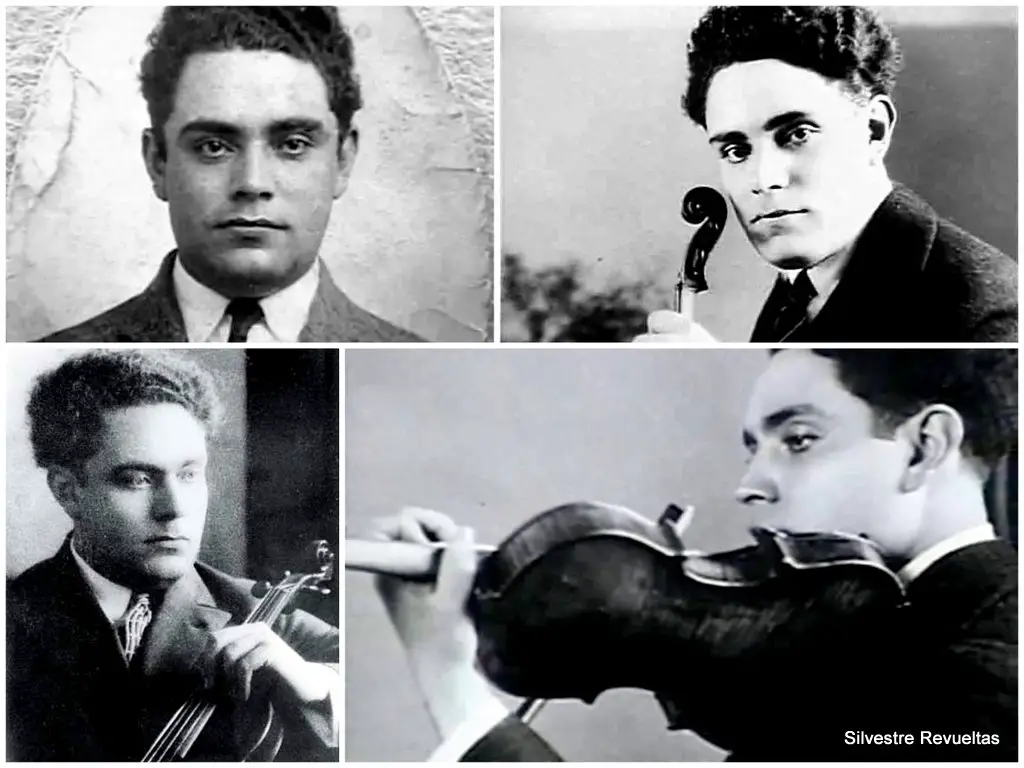
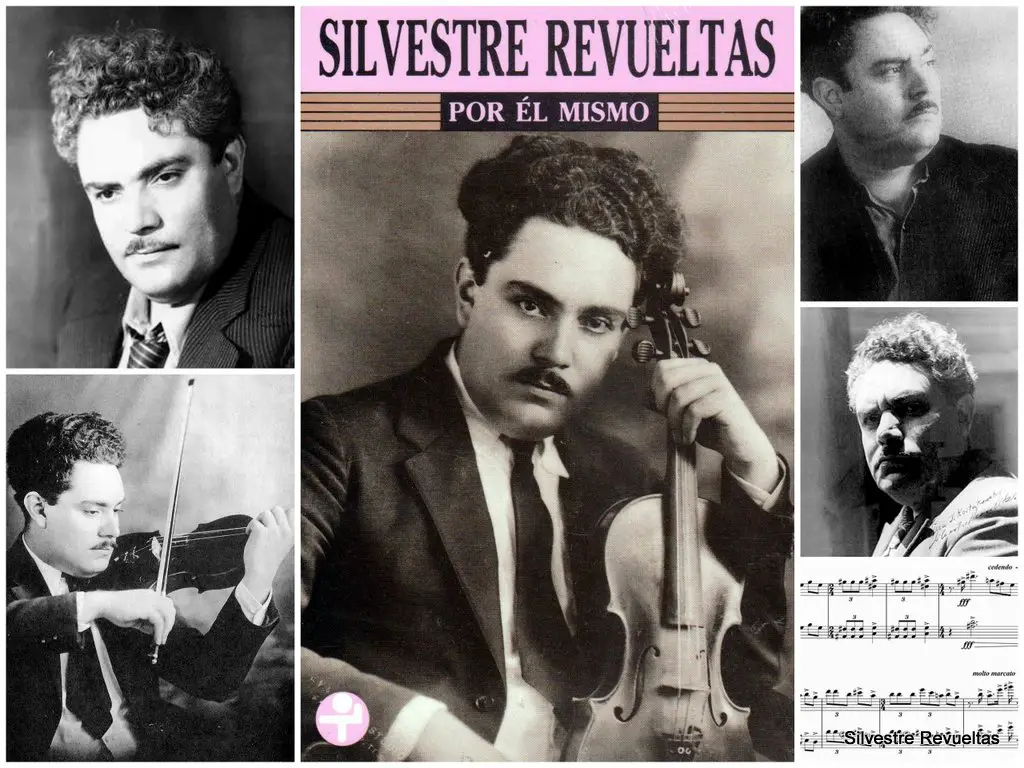
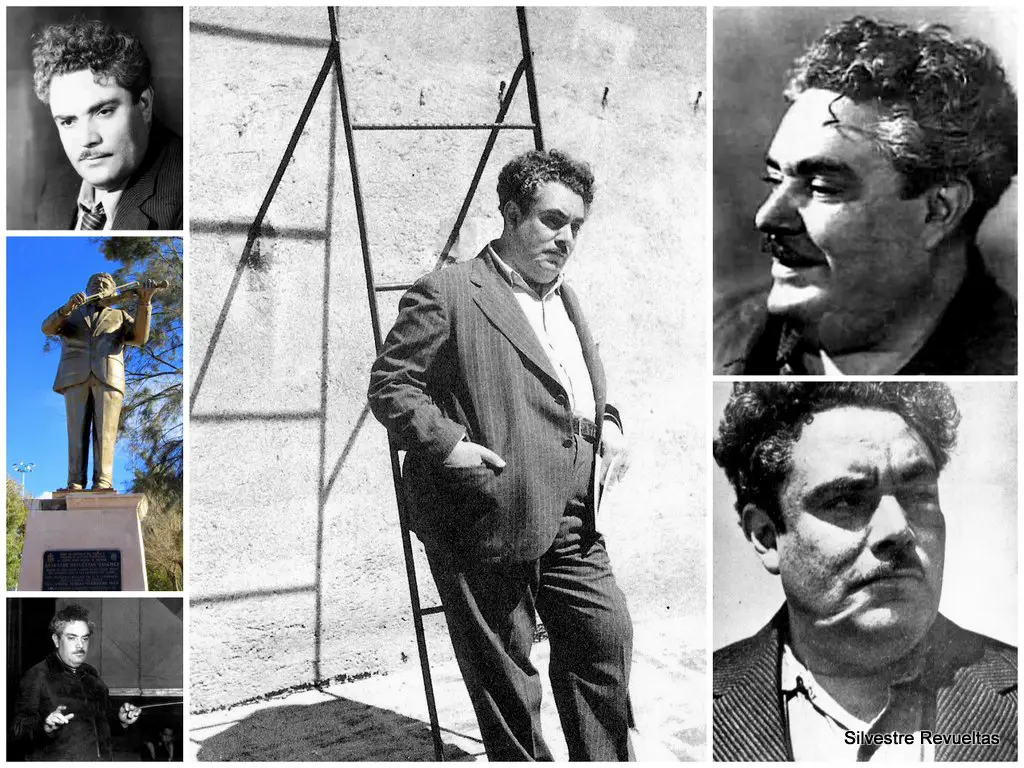
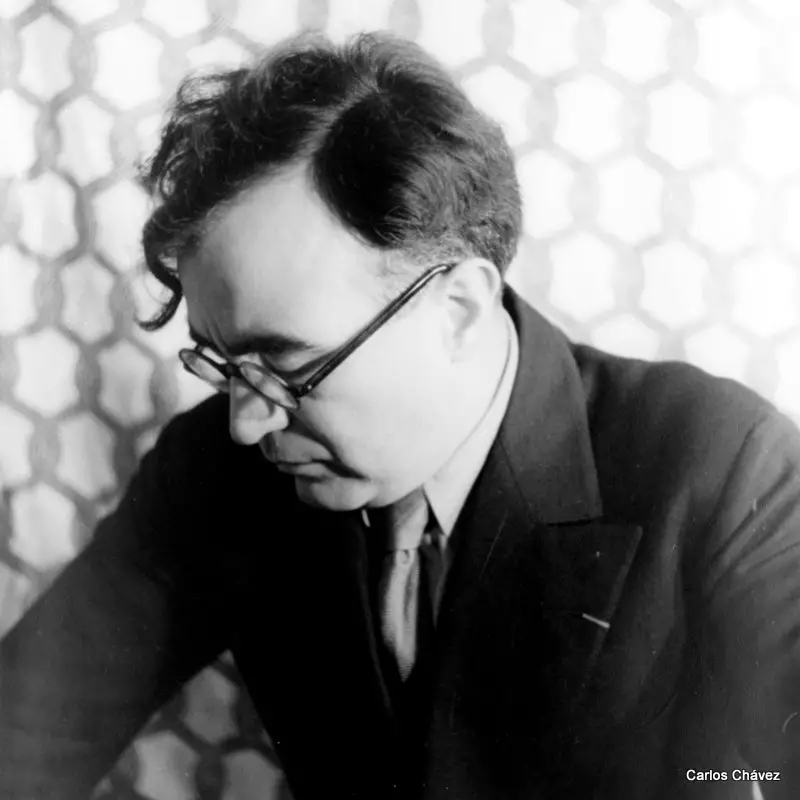

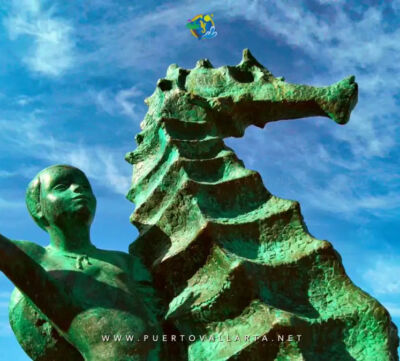




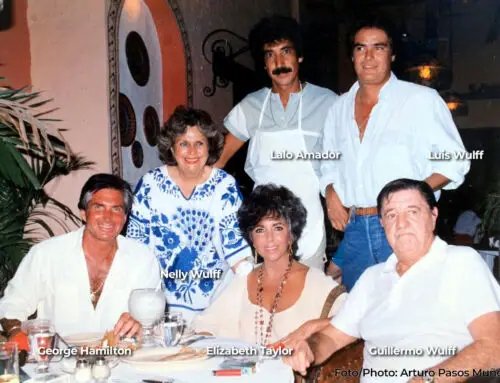

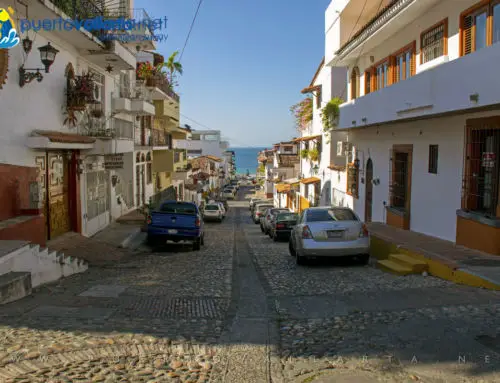
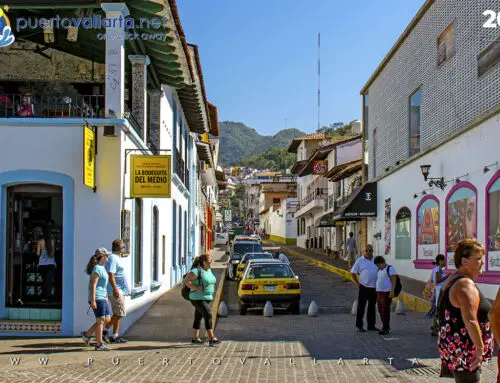


Leave A Comment